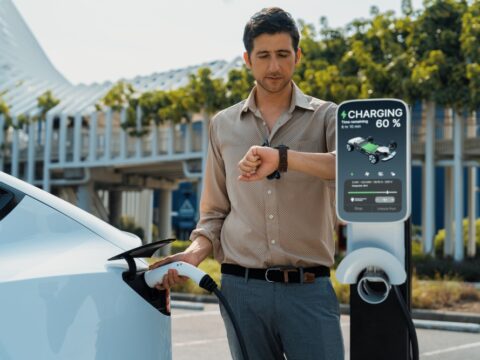Car safety features are designed to keep us safe on the road, but they can only do their job if we use them correctly. Unfortunately, many drivers make common mistakes when using these advanced systems, which can lead to reduced effectiveness or even accidents. We’ll explore 16 common missteps drivers make with car safety features and provide tips on how to avoid them for a safer driving experience.
Contents
Ignoring Blind Spot Warnings
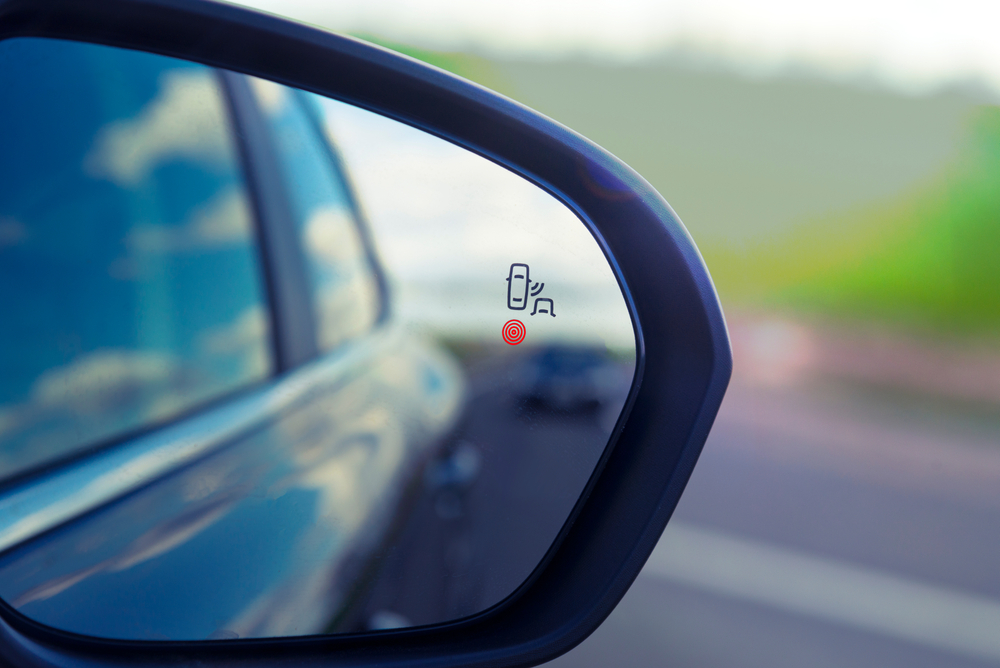
Drivers often overlook blind spot warnings, mistakenly believing their mirrors provide complete coverage. However, these warnings detect vehicles in areas mirrors can’t see, which is crucial for safe lane changes. Ignoring these signals can lead to dangerous situations. Incorporating blind spot systems into daily driving habits enhances overall safety.
Misinterpreting Lane Departure Warnings
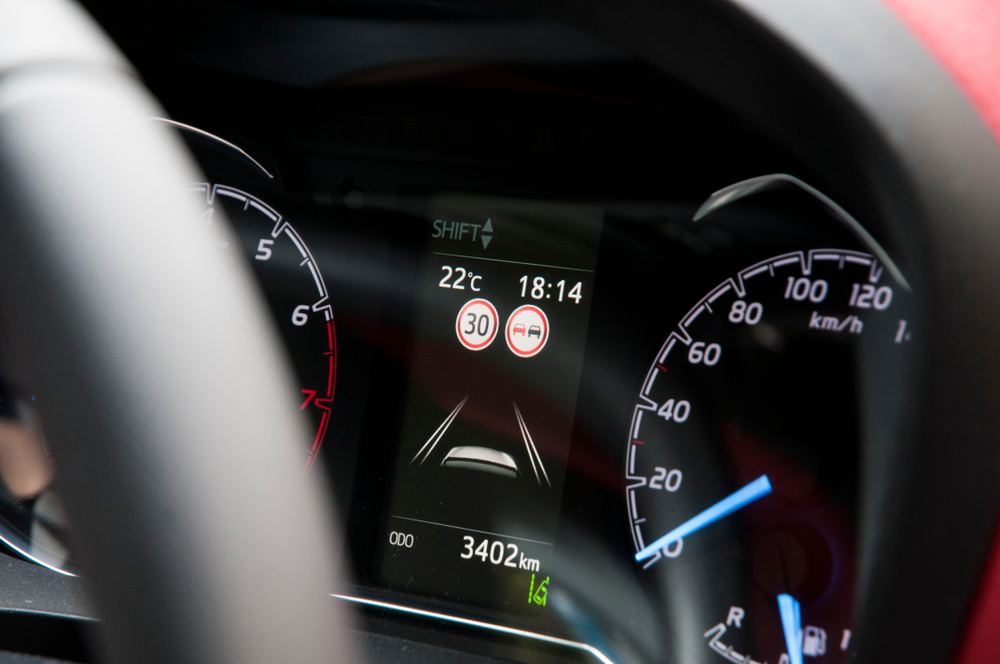
Many drivers misinterpret lane departure warnings, confusing them with other vehicle alerts. These warnings signal when the car unintentionally drifts out of its lane. A proper understanding of these alerts is essential for maintaining lane discipline. Drivers should familiarize themselves with the specific sounds and visuals associated with lane departure systems.
Overconfidence in Adaptive Cruise Control
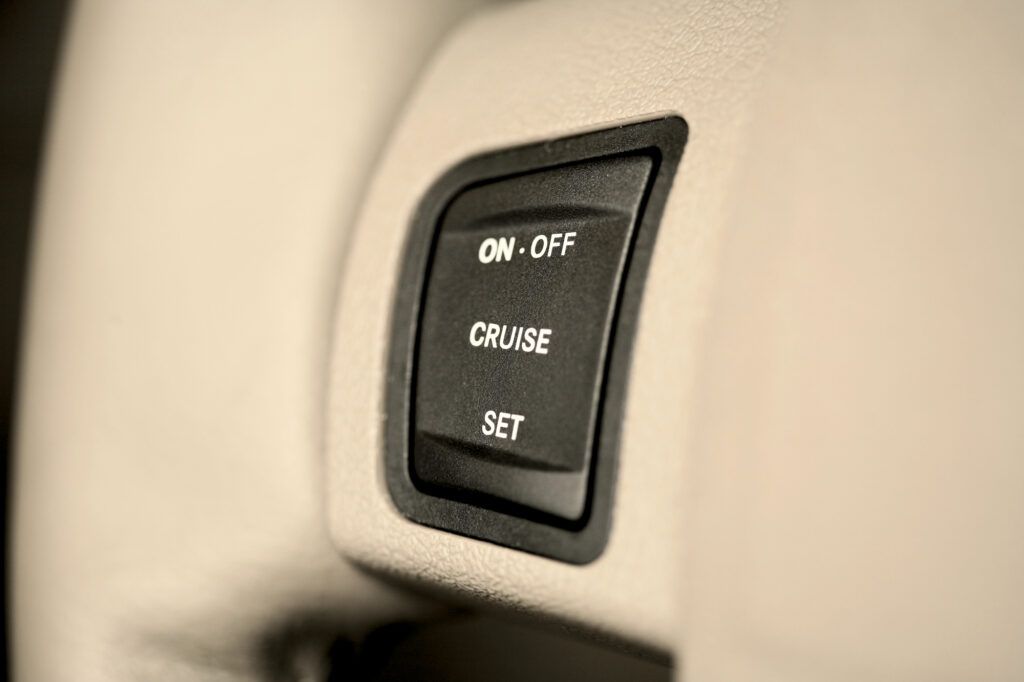
Adaptive cruise control is designed to maintain a safe distance from the vehicle ahead. However, some drivers become overly reliant on it, assuming it handles all situations. This complacency can be dangerous, especially in sudden traffic changes. While useful, adaptive cruise control requires drivers to remain vigilant and ready to take control.
Misusing Automatic Emergency Braking
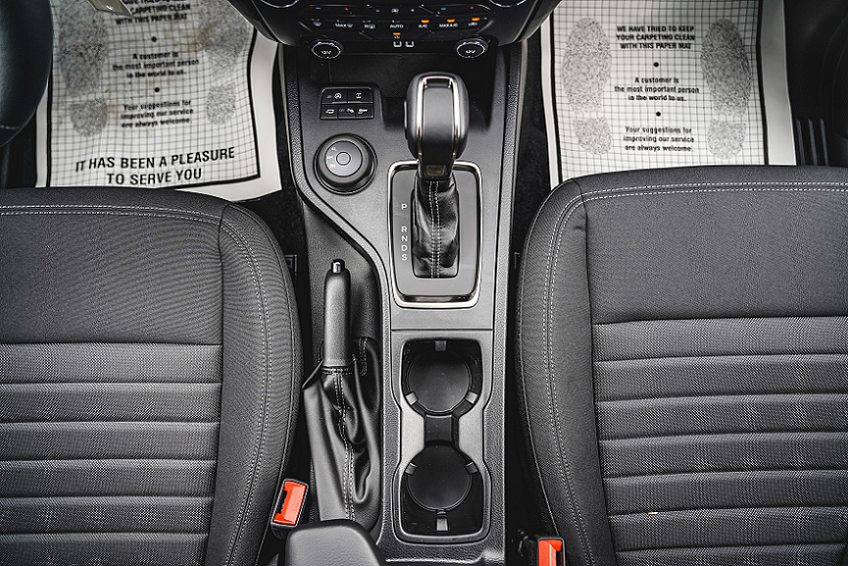
Automatic emergency braking systems activate when an obstacle is detected, but some drivers mistakenly believe this feature eliminates the need for manual braking. This false sense of security can delay necessary reactions. The system serves as a backup rather than a primary response. Always maintain focus and be prepared to brake manually when needed.
Forgetting to Adjust Forward Collision Warnings
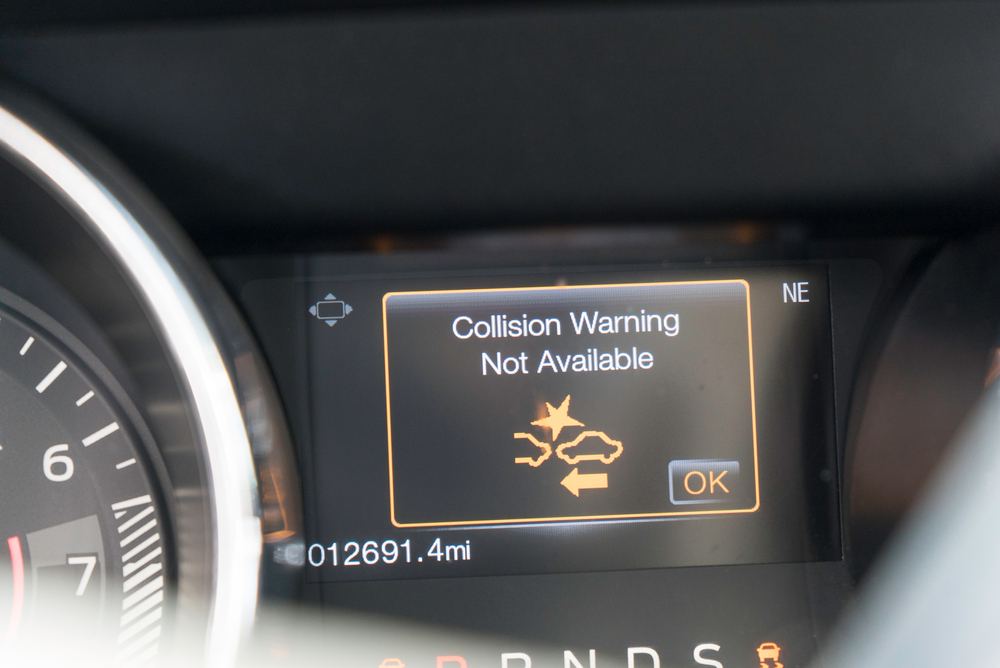
Forward collision warning systems need to be adjusted according to individual preferences and driving conditions. Many drivers forget to customize these settings, leading to either excessive or insufficient alerts. Properly calibrated settings ensure timely and effective warnings. Regular checks and adjustments optimize the system’s performance.
Misunderstanding Traction Control
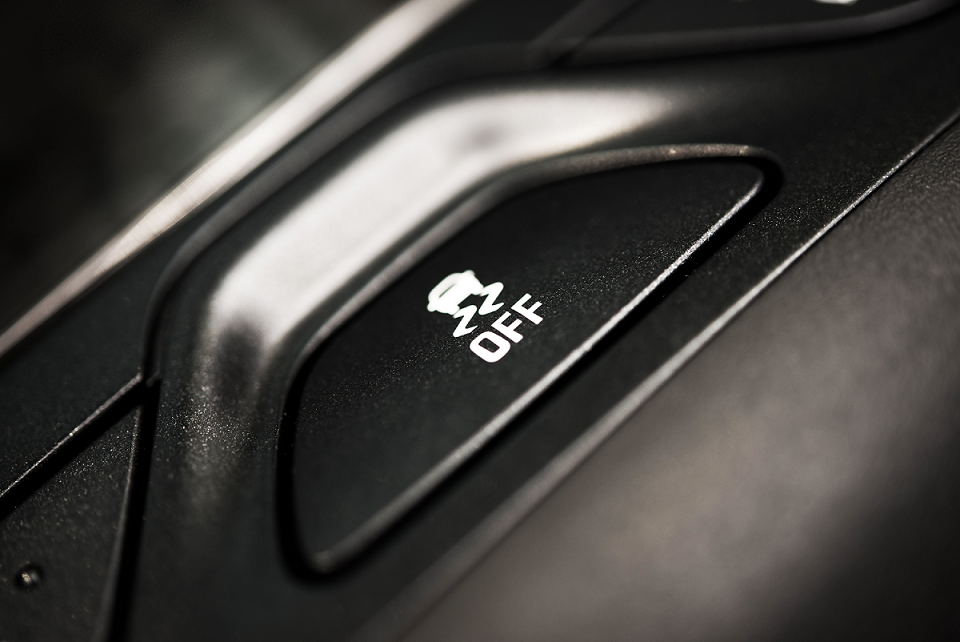
Traction control prevents wheel spin during acceleration, but some drivers mistakenly disable it, believing it impairs performance. In reality, traction control enhances stability, particularly in slippery conditions. Understanding its function and proper use is crucial for safe driving. Always keep traction control active unless absolutely necessary.
Overlooking Tire Pressure Monitoring Systems
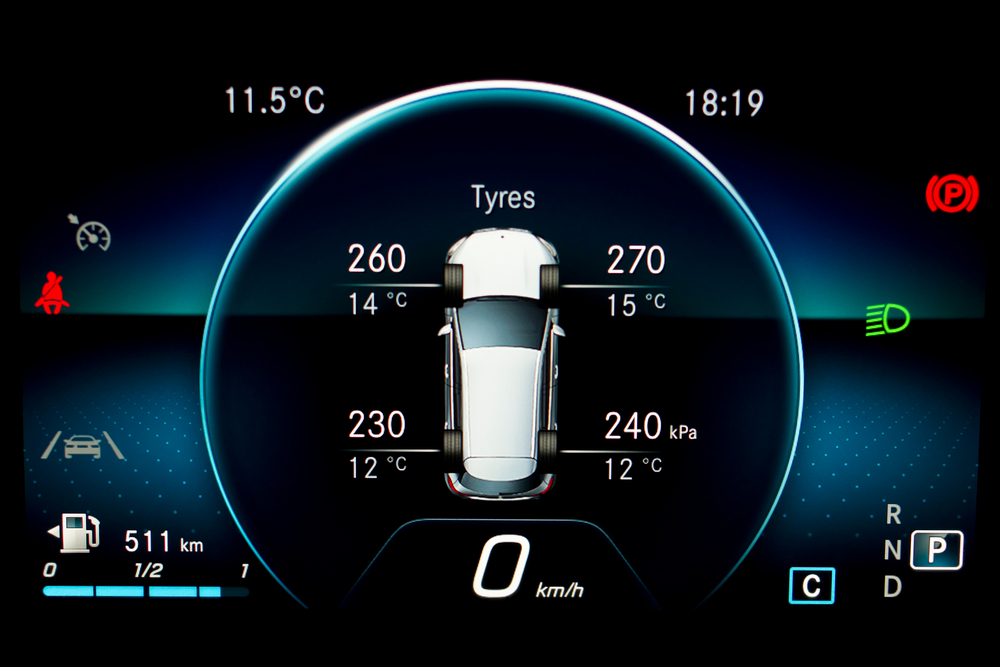
Tire pressure monitoring systems alert drivers to under-inflated tires, which can affect fuel efficiency and safety. Ignoring these alerts can lead to increased tire wear and potential blowouts. Regularly checking tire pressure and responding to system warnings ensures optimal performance. Combining system alerts with manual checks is advisable.
Incorrectly Using Parking Sensors
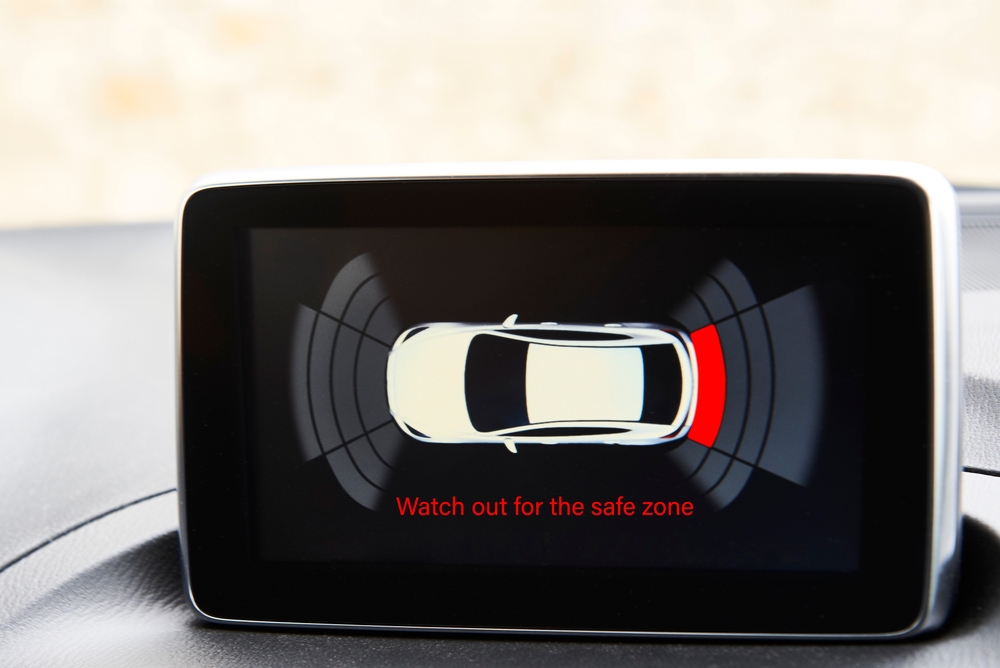
Parking sensors help avoid obstacles, but misinterpreting their beeping signals or relying solely on them can be risky. Some drivers neglect visual checks, leading to minor accidents. Understanding the sensor’s range and combining it with mirrors and cameras is essential. Effective use of parking sensors facilitates safer parking.
Ignoring Driver Attention Alerts
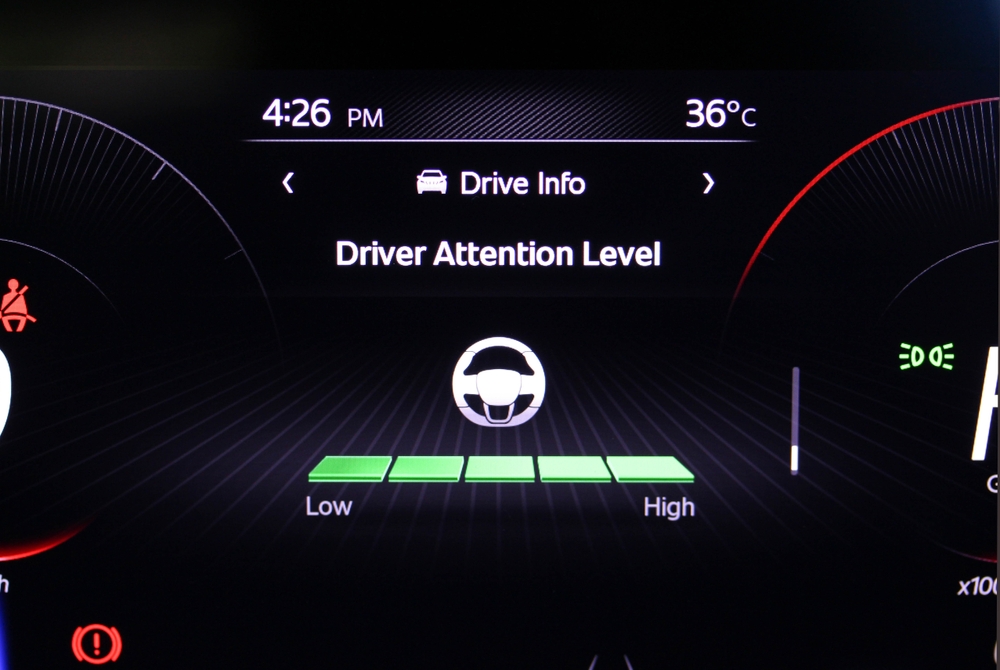
Driver attention alerts indicate signs of fatigue or distraction, prompting breaks. Ignoring these alerts can lead to hazardous driving conditions. Recognizing and acting on these warnings is crucial for preventing accidents caused by drowsiness. Regular breaks during long journeys maintain alertness.
Relying Solely on Backup Cameras
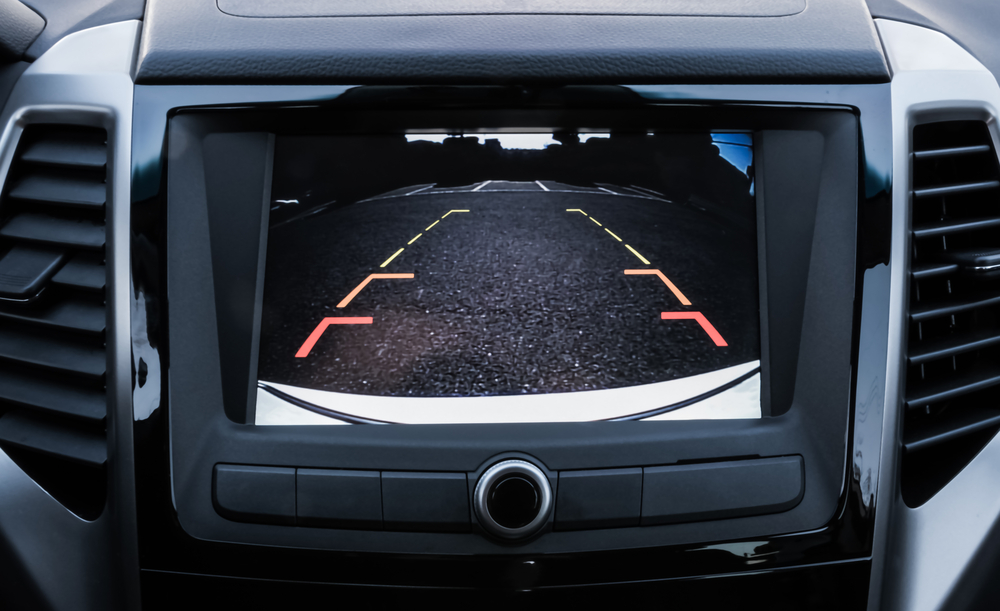
Backup cameras provide a rear view, but relying exclusively on them can be dangerous. They might not capture all obstacles, especially in blind spots. Combining camera views with mirrors and turning to check blind spots ensures comprehensive awareness. This practice prevents potential hazards while reversing.
Improper Use of Anti-lock Braking Systems (ABS)
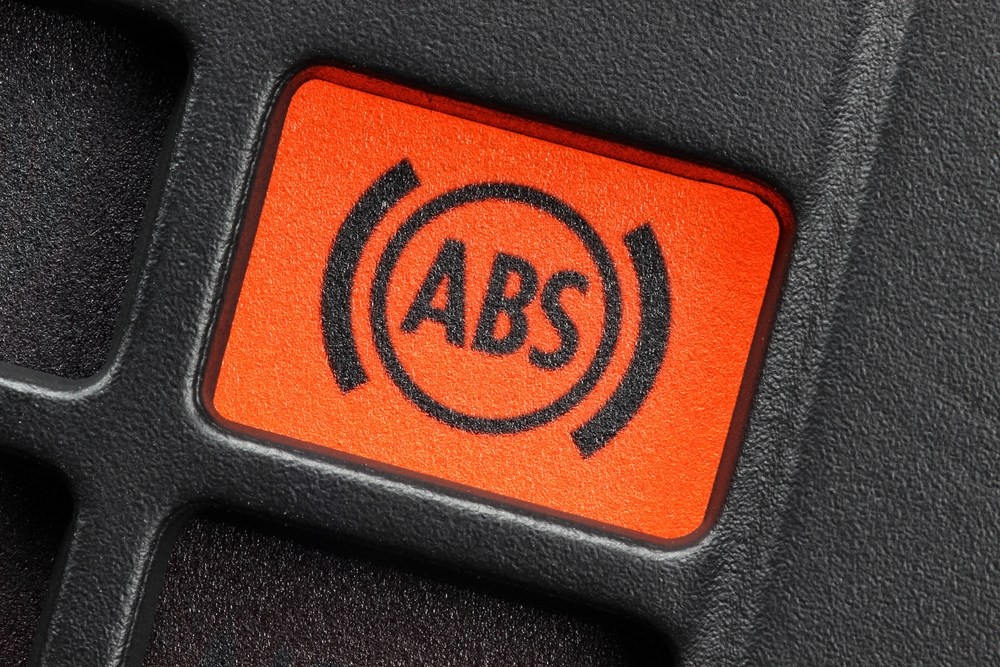
ABS prevents wheel lock-up, allowing control during hard braking. Some drivers mistakenly pump the brakes, reducing ABS effectiveness. Continuous pressure on the brake pedal is necessary for optimal ABS performance. Understanding and trusting ABS during emergency stops is crucial.
Failing to Update Infotainment Systems
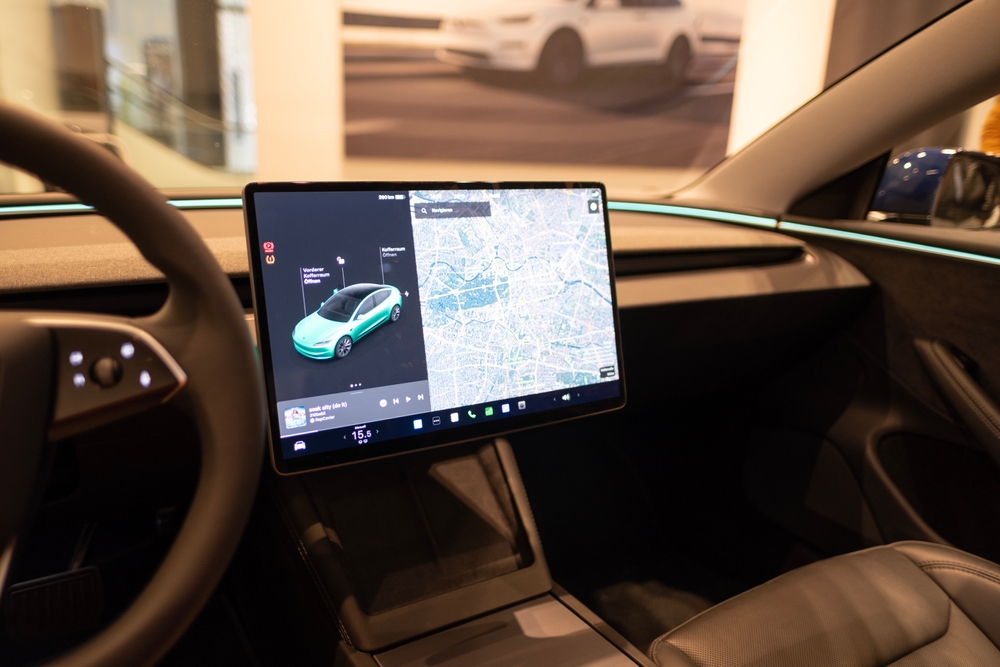
Infotainment systems often include navigation and traffic alerts, which require regular updates. Failing to update can result in outdated information, affecting route planning and safety. Keeping the system current provides access to the latest maps and features. Regular updates enhance driving convenience and safety.
Ignoring Seat Belt Reminders
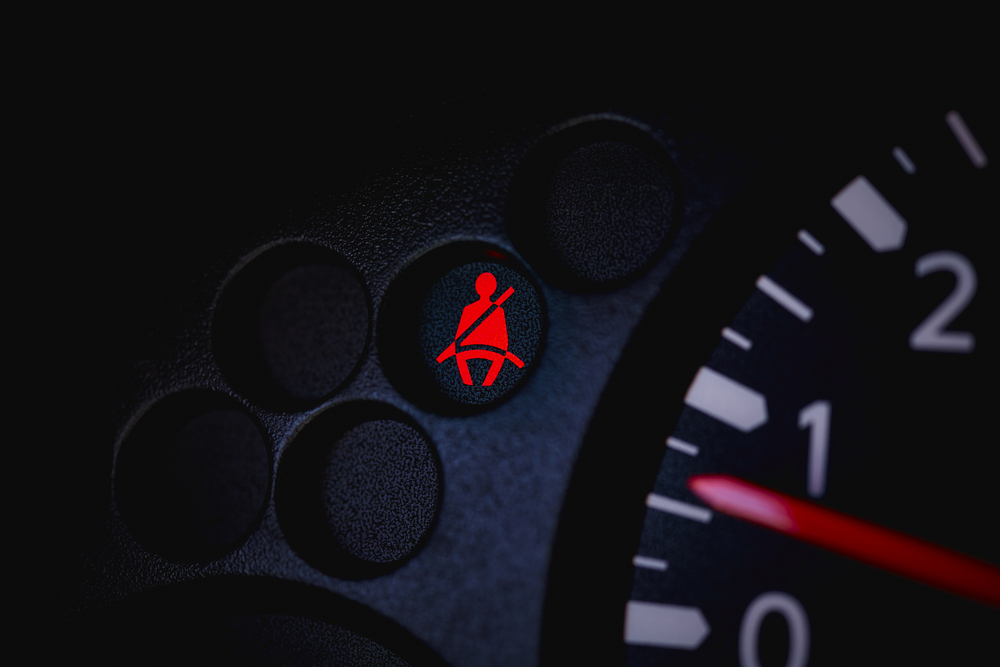
Seat belt reminders are crucial for ensuring all occupants are secured. Ignoring these reminders compromises safety, as seat belts provide essential protection in accidents. Consistently fastening seat belts in response to these alerts is vital. Proper use significantly reduces injury risk.
Underutilizing Night Vision Assist

Night vision assist detects obstacles in low visibility using infrared technology. Some drivers neglect this feature, relying solely on headlights. Proper utilization can enhance safety by improving awareness of potential hazards. Familiarize yourself with night vision assist capabilities.
Overlooking Automatic High Beams
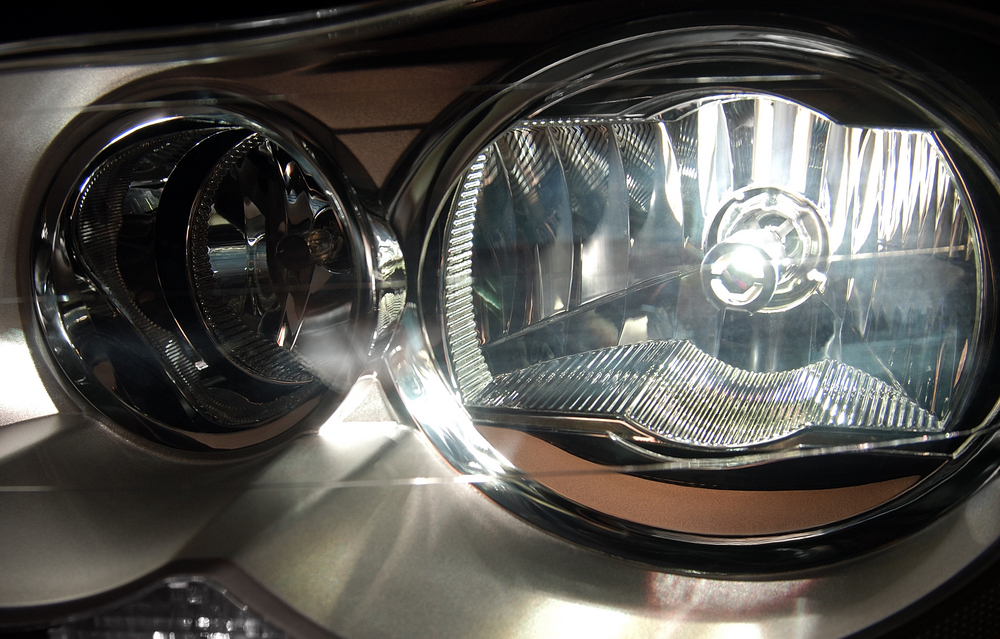
Automatic high beams adjust headlight intensity based on conditions, but manual overrides can impair visibility for other drivers. Trusting the automatic system ensures optimal lighting. Proper use prevents blinding oncoming traffic. It enhances visibility without compromising safety. Always use automatic high beams as intended for safe nighttime driving.
Ignoring Maintenance Alerts
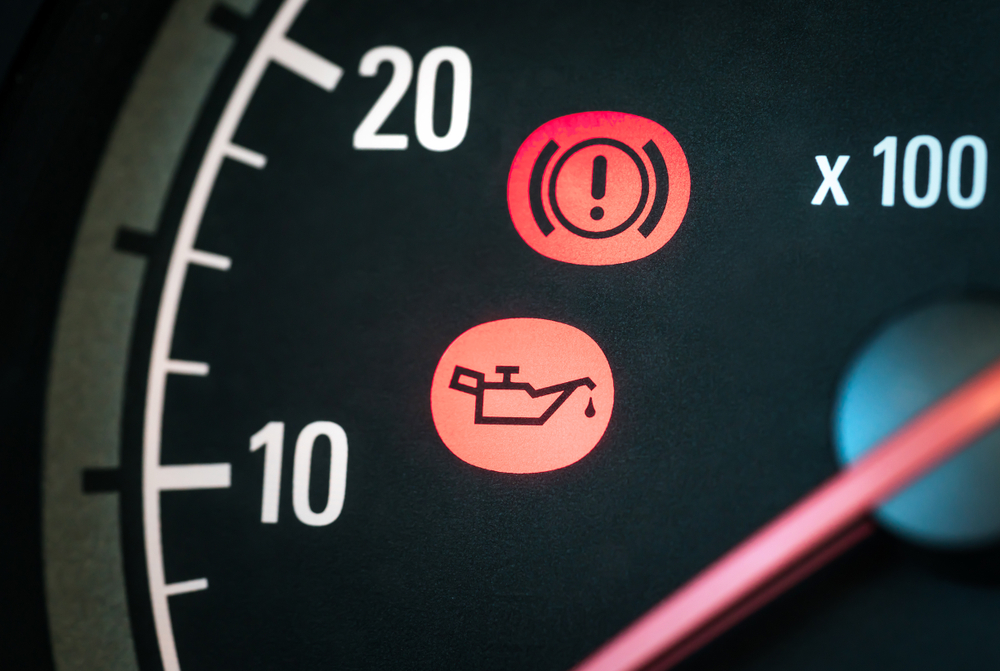
Maintenance alerts indicate when scheduled checks are due, essential for vehicle safety. Ignoring these can lead to mechanical failures and increased safety risks. Regularly responding to these alerts ensures the vehicle remains in top condition. Timely maintenance enhances reliability and extends the vehicle’s lifespan.
This article originally appeared on MyCarMakesNoise.
More from MyCarMakesNoise
10 Unpopular Vintage Plymouth Cars

Vintage Plymouth cars often evoke images of classic muscle and charismatic design, particularly models like the Barracuda and GTX. However, not all Plymouths have enjoyed such fond recollections. Read More.
25 Most Expensive Cars in the World

Embarking on a journey through the echelons of automotive luxury and performance, we delve into an exclusive realm where cars transcend ordinary functionality to become benchmarks of engineering excellence and opulence. Read More.
13 Car Features Drivers Find Most Annoying
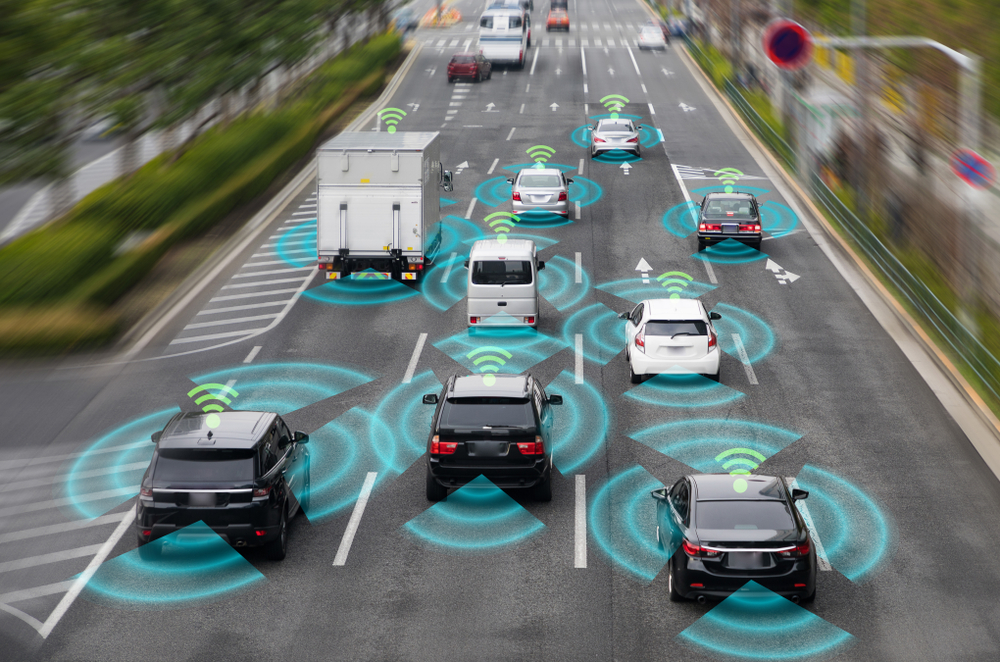
While modern cars boast an array of advanced features aimed at enhancing comfort and safety, some of these innovations can inadvertently lead to driver frustration. Read More.




